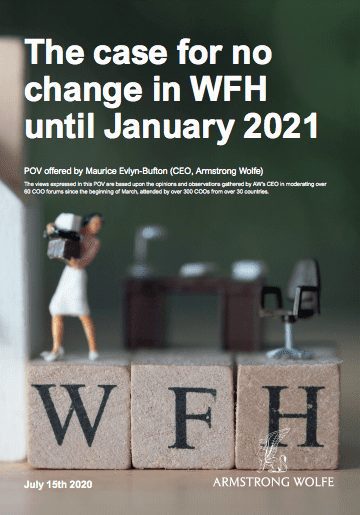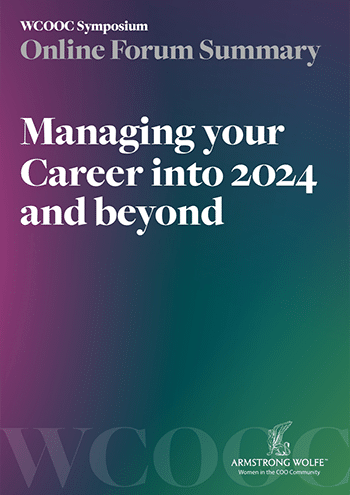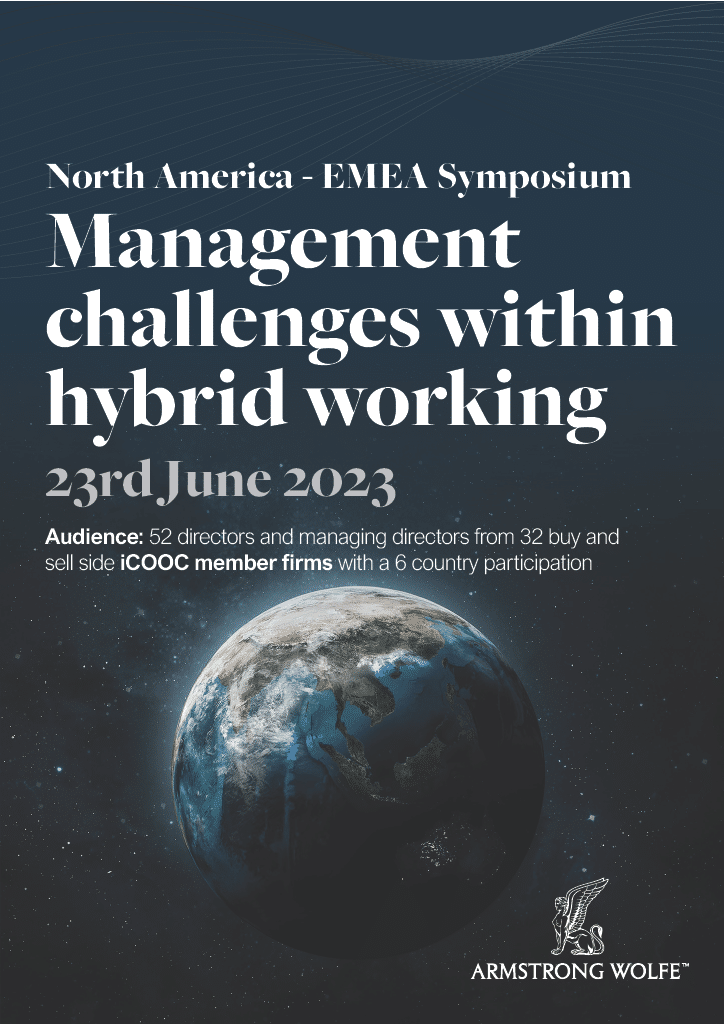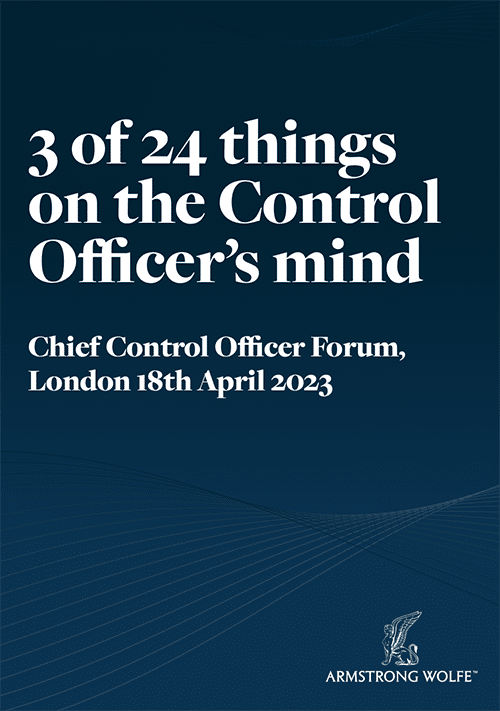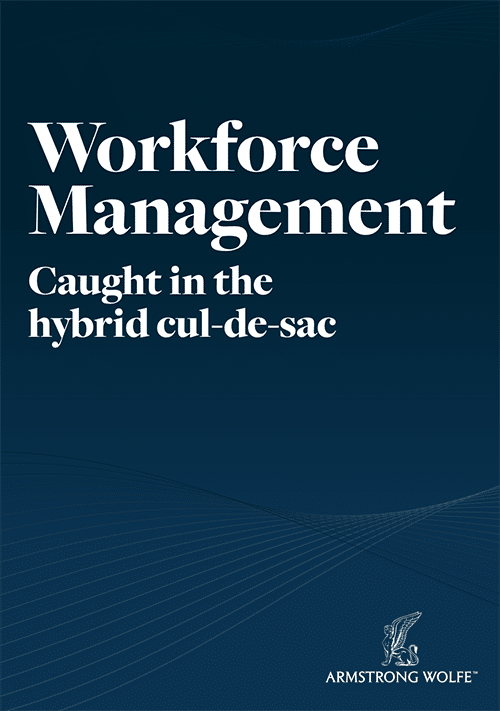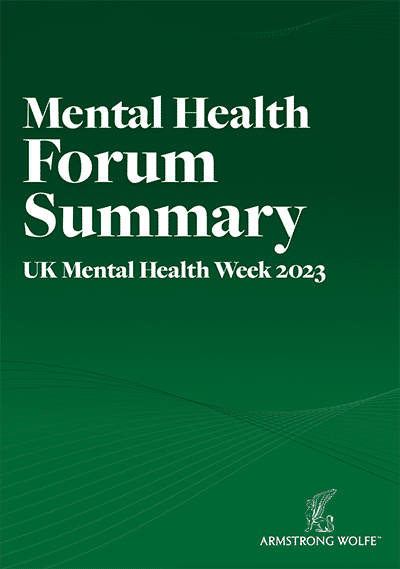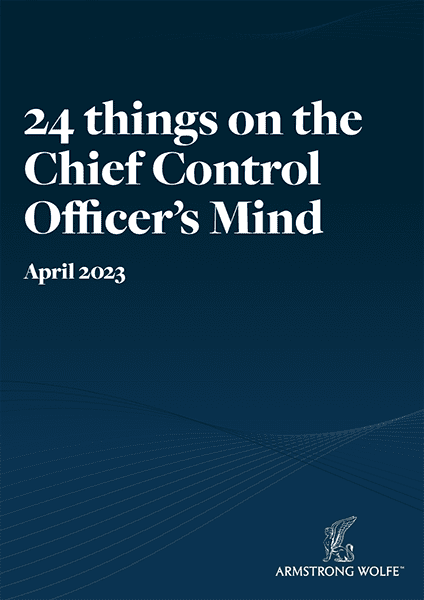It is widely accepted that the development and mass distribution of a vaccine is most likely the way to bring the coronavirus pandemic under control.
The world’s biggest pharmaceutical companies are involved in the collective mission to develop this vaccine. While some may find hope in the fact that vaccines have reached the trial stage, which means they are being tested on humans to see if they work, WHO continues to warn that a vaccine is unlikely to be available until the end of 2021. Some would argue earlier but even in this case it would be distributed initially to vulnerable groups. Therefore, the large percentage of the work force will not have the vaccine until at best Q3 to Q4 2021.
Even this would be a huge scientific feat and there are no guarantees it will work.
Recent assessments outline an important unknown which is exactly how the virus spreads and the inconsistency in symptoms adds to its complexities. Only recently in the U.K. testing showed that 80% of those that tested positive experienced no signs of the virus at the point of testing. Therefore, even someone who is self-aware and responsible, would unknowingly be a risk to another. There is additionally evolving and worrying evidence of the myriad of dislocated medical problems those that have recovered from the virus possess post this recovery.
Amidst this uncertainty COOs across Financial Services are considering options on how best to mobilise a phased approach to return their employees to the office. The query amidst this uncertainty leads to the question, why? Even best cases in meeting medical guidelines regarding employee safety in the workplace would still only have a return of a 1/3rd of the workforce. This would have to remain voluntary and self-determined until a vaccine and certainty of protection from the virus enables an employer to be more affirmative in relation to your place of work.
Those banks that have already opened their doors to sales and trading staff have seen a voluntary return of between 10 – 15% of staff. There appears little appetite amongst the overwhelming percentage of staff to be willing to return. This is a different sentiment to wanting to return, which is countered by an individual’s assessment of their own desire to want to be in the office against how safe it is to be in it or possibly more significantly, how safe it is to get to and from the office.
This concern, however small the chances of infection remain statistically, is significant. Less so, perhaps, how contagion may impact you if in a less vulnerable group, but how this may affect your family, especially when one or more may be categorized as vulnerable. As one 39 year old NYC based banker noted “Having partially recovered from COVID, experienced its impact, it will be a cold day in hell before I’ll expose myself to an office or public transport environment and not feel on edge every day – even more so if I had kids or parents at home.”
Therefore, individual decision-making is a complex and unique process and requires empathic leadership to appreciate individual circumstance. This may go against business instinct for today’s managers that have been schooled in an ethos of a Financial Services which is hard working, long hours [in the office] but well paid to acknowledge this dedication.
Whilst there are individual cases where the office environment is better than their present home option and is a preference, and more so for the younger generations that crave and need colleague and managerial interactions, to bring back staff to a sparsely populated office, to commute an hour or likely more to the workplace to effectively self-isolate at work may have business reasoning behind it but appears to lack common sense. The adage that ‘common sense is not very common’ springs to mind, where this intuitive qualitative rigour and assessment tool is not found as a subject of study in any business school’s training manual.
The one certainty a company could offer its staff, is the certainty of their working place and situation for the near future. When the medical situation outlined above is fully recognised, there is an evolving consensus that the best option appears to be ‘we stay as we are until calendar year end’
What would this achieve?
The starting point for any assessment and what must be reiterated in any communication, be this regarding the short term arrangements or mid to long term changes in the work force distribution model, must be that this will be a positive outcome for the employee, is employee focused and is not cost benefit driven.
Herein lies the opportunity to be viewed as the employer of choice in the new world. The by-product in getting the messaging right and being timely would be in part cultural cohesion and associated attachment to a forward-thinking employer led by an empathic leadership willing to embrace the opportunity to change that COVID-19 represents.
This short-term policy statement would:
• Give certainty for employees and reassurance that they are at the heart of any decision
• Reduce the chances of employee litigation in the case of catching the virus in the workplace and associated reputational damage
• Allow for reallocation of time and energies to be refocused on moth-balled business priorities for the rest of the year
• Allow time to assess the evolving understanding, information, guidance, and user cases on how best to manage the workforce in the office when no vaccine is available for employee protection
• Give the executive time to stop, breath, think more objectively about the opportunities being presented by the crisis to remodel the workforce distribution model
Short term considerations and suggestions:
Productivity verses Fatigue: productivity has been enhanced, sick days have been reduced, longer hours are the norm, fatigue appears inevitable. A move to a 4 ½ day week whilst in WFH will not impact productivity but will in part allay fatigue and add to cultural cohesion. It would be a 10% reduction in working hours but is unlikely to equate to a 10% reduction in productivity, noting a U.K. based COO when summarising thoughts on Productivity verses Fatigue “A very important point: a need for better tools/ comms/digitalisation of the workplace, cultural evolution, proper leadership – and the “why” in terms of what’s the rush, let’s get it right instead.”
Cultural Cohesion: the corporate culture that so many employers prize has largely been based on the level of interaction you have with colleagues, and is not solely linked to being in the same building, let alone being in the same building with only a fraction of the workforce present. Until a coronavirus vaccine becomes available, corporate culture and cohesion needs to be re-imagined. It needs to be accepted that culture will and is changing and there is a need to concede on this point and therefore be able to shape it as opposed to trying to anchor all efforts to your pre-COVID culture. Corporate, collective, and individual purpose is needed to reign in and define the evolving culture, where culture will be defined in no small part by how the business is perceived to be led through the crisis, not managed.
Training: the industry for many years has paid token attention to on-going leadership training, a little more perhaps to management training. Leadership is what will take the business through the crisis and define culture moving forward. Just as in meeting the Conduct agenda, it is not the training of the executive, setting the tone from the top or managers managing managers that need training but at the supervisory level where the manager is directly managing a team of staff and more likely junior staff.
WFH modular enhancement: an investment in computer hardware to upgrade working capability at home, to give the tools to do the job better and new toys to play with that enhances the message that employees come first.
Communications:
• whether Zoom, Webex, Microsoft Teams or other, how and when we communicate, and virtual meeting fatigue are a challenge. This aligned to the regulatory and supervisory challenges associated with unsecure communications. The industry needs to interact as much as employees need to interact with each other and do so in a safe environment. An industry wide approach to creating a commonality of usage and approach would pay dividend to all participants
• granular training on how to present yourself when managing your meetings in a virtual world and building self-awareness will add to a sense of personal pride and corporate allegiance.
Project management and digitalisation: the crisis forced the industry into full usage of technologies that were already available and has truly lit the fuse of digitisation. In setting the working policy as WFH for the next period, individual priorities and allocation of tasks and projects can now be undertaken. This will bring variation into an employee’s taskings, add purpose, and retain interest.
The above reads as if a precis to feedback received from a senior Controls and Conduct officer, reflecting on the present situation when saying “Most of the feedback from focus groups we’re running now has been positive in terms of WFH productivity and ability to really focus instead of being distracted on the trading floor – only things missing are better collaboration/comms tools and confidence that management will do right by employees on the return to office strategy – that includes flexibility to continue working remotely, but with better tools to avoid feeling disconnected from those who return to office.”
Where now?
We cannot forget that Financial Services has a distinct advantage over a variety of industries-manufacturing, retail, transportation, health care, and more, which do not have the luxury of the conundrum in whether to work from home or not.
The pandemic has shown the banking and asset management sectors can function adequately, even successfully, without placing all their employees in the same office. If your operation is being run effectively, efficiently, is compliant and where productivity has been retained even enhanced, the question you must ask is ‘Why should we return to work as opposed to why we should not?’
What case is there against delaying a return to work, however phased that may be, for the sake of less than 100 days into the New Year, when 30 of these days have historically seen all offices sparsely populated over the holidays throughout December and into the New Year?
Harvard Business School professor John D. Macomber notes “That companies need to figure out how to bring people back safely is obvious. But that is different from the when.” When would appear to be sometime in 2021 not in 2020.”
Importantly and to be taken into account in this decision making process, what has been discovered amidst all this change and uncertainty is trust, trust in the workforce that have adapted, have delivered. The concern is not whether they are truly working or productive at home but are they are working too hard? This trust needs to be rewarded in re-imagining the new world and with courage, the foundation stone of leadership, taking your firm in a new direction with the beneficiaries being your employees:
“Companies have an opportunity now to build trust and loyalty with employees by adapting and acknowledging that the landscape has changed. Businesses have relied on employees to be agile and adapt, which most have done quite well – now it is the Company’s turn.”
(Senior Analyst, Investment Banking, New York)
This will differentiate you from the norm, create employee loyalty, enhance, or even reshape the culture and manifest itself in a competitive advantage. New technologies will have been developed, procured, and deployed, to be embraced and to be married to a company’s primary asset, its people.
The industry, however, appears to be entering an awkward interim and partially paralysed phase, where many companies are in a holding pattern, treading water and feeding uncertainty. How to keep momentum during this period from a productivity standpoint is a question facing CEO’s and their COOs. Fatigue will set in but how will this impact productivity and culture until the end of the year? What changes (if any) should be made now, given the expectation of a vaccine in early 2021? Are we going to rebound back to a more traditional working or are fundamental changes taking hold? There are no decisions being made at present, but fortune may well favour the brave and effectively doing nothing and remaining committed short term to a WFH model may be the brave decision employees are awaiting.
Until there is clarity, COOs can and should move projects forward which are focused on supporting effective management, and improving the work experience – automation, better tech tools, bandwidth/access, communication, and client connectivity. This could provide a big impact during this time of “wait and see”, which could motivate staff and add favourably to defining a culture under attack from uncertainty and inaction.
It is then and only then you can look at the added commercial benefits, where banks on average spend GDP£1 in 5 or 6 on real estate. In the new world you can see how this could be halved and would allow a capital release. The opportunities for remodelling the workforce will be discussed in the next POV. In the interim, leading the business and your staff remains the daily occupation of the world’s COOs.
Maurice Evlyn-Bufton
CEO
For general enquiries, Executive Search, Career Management and Marketing please contact:
Telephone +44 (0) 20 3664 8863

